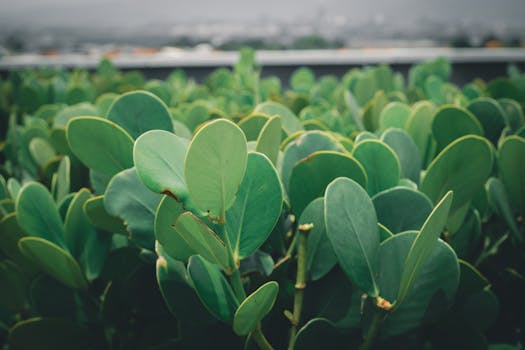
Urban Green Spaces: The Future of Outdoor Living in European Cities by 2025
Urban Green Spaces: The Future of Outdoor Living in European Cities by 2025 is a concept that has been gaining momentum in recent years. As the world becomes increasingly urbanized, cities are recognizing the importance of incorporating green spaces into their infrastructure. These areas not only provide a peaceful escape from the hustle and bustle of city life but also play a crucial role in promoting sustainability and improving the overall quality of life for residents.
Introduction to Urban Green Spaces
Urban green spaces refer to any area in a city that is covered with vegetation, such as parks, gardens, green roofs, and walls. These spaces can be public or private and range in size from small pocket parks to large urban forests. The primary function of urban green spaces is to provide a natural oasis within the city, where residents can relax, recreate, and connect with nature.
Benefits of Urban Green Spaces
The benefits of urban green spaces are numerous and well-documented. Some of the most significant advantages include:
- Improved air quality: Urban green spaces help to filter out pollutants and particulate matter from the air, improving the overall air quality in the city.
- Reduced urban heat island effect: Green spaces can help to mitigate the urban heat island effect by providing shade and cooling the air through evapotranspiration.
- Increased biodiversity: Urban green spaces can provide a habitat for a wide range of plant and animal species, helping to preserve biodiversity in the city.
- Enhanced mental health: Spending time in nature has been shown to have a positive impact on mental health, reducing stress and anxiety.
- Improved physical health: Urban green spaces can provide opportunities for physical activity, such as walking, cycling, and sports, which can help to improve overall physical health.
Examples of Urban Green Spaces in European Cities
Many European cities are leading the way in terms of incorporating urban green spaces into their infrastructure. Some examples include:
- Paris, France: The city’s famous Luxembourg Gardens and Tuileries Garden are just two examples of the many urban green spaces that can be found in Paris.
- Amsterdam, Netherlands: Amsterdam’s numerous canals and green spaces, such as the Vondelpark, make it one of the greenest cities in Europe.
- Berlin, Germany: Berlin’s Tempelhofer Feld, a former airport turned public park, is a prime example of urban green space in action.
- London, UK: London’s Hyde Park and Regent’s Park are two of the city’s most famous urban green spaces, providing a peaceful escape from the hustle and bustle of city life.
The Future of Urban Green Spaces in European Cities
As we look to the future, it is clear that urban green spaces will play an increasingly important role in shaping the sustainability and livability of European cities. Some of the key trends that are likely to influence the development of urban green spaces in the coming years include:
- Increased focus on sustainability: Cities will prioritize sustainability in their urban planning, incorporating green spaces and green infrastructure to reduce their environmental impact.
- Greater emphasis on community engagement: Urban green spaces will be designed to foster community engagement and social interaction, providing opportunities for residents to come together and connect with one another.
- Integration with technology: Urban green spaces will incorporate technology, such as smart irrigation systems and green roofs, to improve their efficiency and effectiveness.
- More emphasis on biodiversity: Cities will prioritize biodiversity in their urban planning, incorporating a wide range of plant and animal species into their green spaces.
In conclusion, urban green spaces are a vital component of sustainable and livable cities. As we move forward, it is essential that cities prioritize the development of these spaces, incorporating them into their urban planning and infrastructure. By doing so, we can create healthier, more sustainable, and more enjoyable cities for residents and visitors alike.






